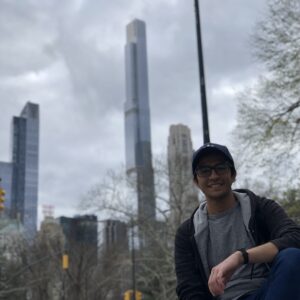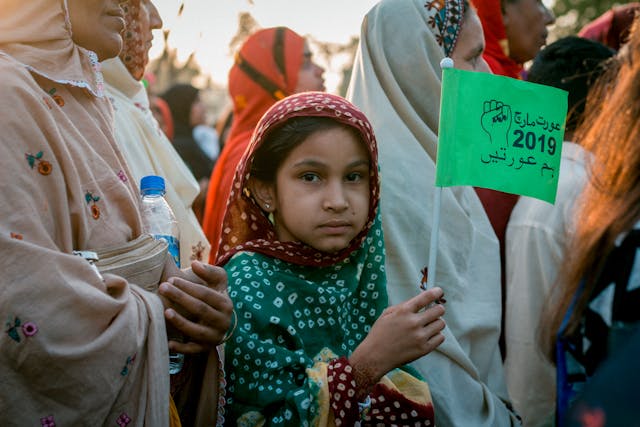The recent shootings at Atlanta spas bring to light the long-standing xenophobia and racism against the Asian community in the United States. Although six out of eight people gunned down in the recent shootings were Asian, there is no substantial evidence that the perpetrator was motivated by racial animus.
This does not, however, shun away the notion of racism that persists inside some people and reflects in the newspapers in America. The event, no doubt, brings to notice the xenophobic sentiments prevalent at large in the United States, spitefully targeting, stigmatizing, and marginalizing the “other” communities.
Revival of the Yellow Peril myth?
The current resurfacing of anti-Asian crime rates in the United States almost appears to be a nuance of a recurring historical theme. Ever since the Asians started settling in the West in the 1700s, they have coped with hate crimes, time and again. The harassment and violent attacks during the establishment of Chinatowns in the late 1800s, validation of the Chinese Exclusion Act of 1882 until 1943, and the exclusionary state rhetoric against Asians before and during World War 2 are examples impressed in historical records.
They arguably revitalize the Yellow Peril stereotype, which is bent on presenting Asians as “bloodthirsty, sneaky foreigners”, whose desire for domination gravely threatens American land and people. Recently, another incident emerged which could blend in with this narrative: coronavirus.
With the surge of Covid-19 disease, hate crimes against Asians in the US have increased. Stop AAPI Hate, a non-profit organization created due to the spike in discriminatory offenses during the pandemic, reports that “hate incidents have increased dramatically” in America since the last year.
According to a California State University study, hate crimes have augmented about 149 percent from 2019 to 2020 in 16 of the American largest cities. Two to three thousand racist incidents were recorded in 2020 only. Furthermore, the immediate response of American state officials to the novel virus, with the “use of racially derogatory language”, reflects how quickly a health problem became a racial matter.
This is not to undermine the improvements brought about by many great people, through individual and institutional efforts, in the United States over time. However, the resurgence of xenophobic sentiments against Asian Americans, especially after the outbreak of Covid-19 pandemic, demonstrates a massive step backward in the American belief in diversity and inclusivity.
A history of anti-Asian crimes
Though the coronavirus is a novel epidemic, the xenophobic sentiments it inspired in the United States are not new. The bubonic plague, which broke out in California in 1900, resulted in a similar response, when particularly the Chinese residents were quarantined but white merchants were permitted to leave Chinatown – the “epicenter” of the disease.
SARS outbreak in 2003 was ascribed to the Chinese culture, thereby stigmatizing New York City’s Chinatown, “despite having no SARS cases.”
Recently, former President Donald Trump and other politicians disparagingly remarked Covid-19 as the “Chinese virus”, “China virus” or “Kung flu”, marginalizing the Asian community in America. Indeed, one can find credence in the phrase history repeats itself upon observing this trend.
The rise of racial and xenophobic sentiments in the United States, against the Asian community, at different junctures in history, hints towards a deep-seated institution of discriminatory values. In sober truth, it reveals America’s inability to fight, tooth and nail, against xenophobic and racial discrimination.
The anti-Asian rhetoric is not only individually inspired, but also institutionally inculcated, thereby systematically nurturing racism and xenophobia against Asian Americans. This is ironic given that America’s socio-economic culture favors freedom, diversity, and inclusion.
The argument against immigration
The acceptance and promotion of xenophobic emotions against minority groups in the social climate correlate with politico-economic dimensions. It is argued, for example, that the surge and resurgence of such stereotypes “are part of a larger, traditional anti-immigrant sentiment… the perception that immigrants are a threat that contributes to national, economic, and cultural insecurity.”
The continual dwindling of material resources and ever-mounting local population growth are primary economic pretexts for strict immigration rules. It is the right of already settled people of a region, the argument goes, to enjoy native resources.
The contention is only valid if it gets an endorsement from global bodies like the United Nations and International Organization for Migration. At the micro-level, a biased and uncorroborated attitude towards immigrants is against fundamental human rights, in general, and runs counter to America’s code of diversity and inclusion, in particular.
Anti-Asian crimes in the US, rising notably with the outbreak of Covid-19, unfold or trace back to a long-standing myth against the Asians and Asian Americans: The Yellow Peril. The very substance of this myth, concerned with “othering” an entire community, goes against the foundational values of American socio-economic culture. Still, the rhetoric is recurrently used in social and political spheres, thereby instigating racist and xenophobic sentiments in individuals and stigmatizing the Asian community residing in the United States.
Diversity is persistently growing in the United States. The Asian Americans, being one of the smallest but fastest-growing minority groups in the US, made up around 6 percent of its total population in 2019. Despite this, “Asian Americans have been historically viewed as a monolith, othered by the myth of the model minority in times of peace and economic security, while othered as a scapegoat in times of economic adversity, wars, or pandemics.”
Conclusion
The recent rise of crime rate against Asian Americans, espoused from a racially discriminatory outlook, earnestly demands an in-depth analysis of the historical “othering” in the United States. The social, economic and political variables involved in vitalizing the anti-Asian narrative in America, time and time again, need to be thoroughly researched, sincerely understood, and carefully addressed.
Otherwise, the repeating trend of hate crimes becomes a prima facie rebuttal of America’s self-asserted claim of being an inclusive melting pot of diversity. ![]()






